I am trying to set an exception message in the <h:message>.
Here is the relevant view code:
<h:inputText id="titleId" value="#{bookController.book.title}"/>
<h:message for="titleId"/>
<h:commandButton value="Create a book" actionListener="#{bookController.doCreateBook}" action="listBooks"/>
I need a message to be displayed when the titleId is empty. My @Stateless EJB method throws an exception when the title is empty:
public Book createBook(Book book) throws CustomException {
if(book.getTitle().isEmpty()) {
throw new CustomException("Please, type a Title !");
}
else {
em.persist(book);
return book;
}
}
My backing bean catches it and sets a message:
public void doCreateBook() {
FacesContext ctx = FacesContext.getCurrentInstance();
try {
book = bookEJB.createBook(book);
bookList = bookEJB.findBooks();
} catch (CustomException e) {
ctx.addMessage("titleId", new FacesMessage(FacesMessage.SEVERITY_ERROR, "Error", e.getMessage()));
}
}
What I except is, when the exception occurs, an error message must be displayed near the input text tag, but it isn't the case, the execution displays the page with list of books and the "Error" message displayed under the list, as shown below:

How can I get the full exception message to show up next to the input field?